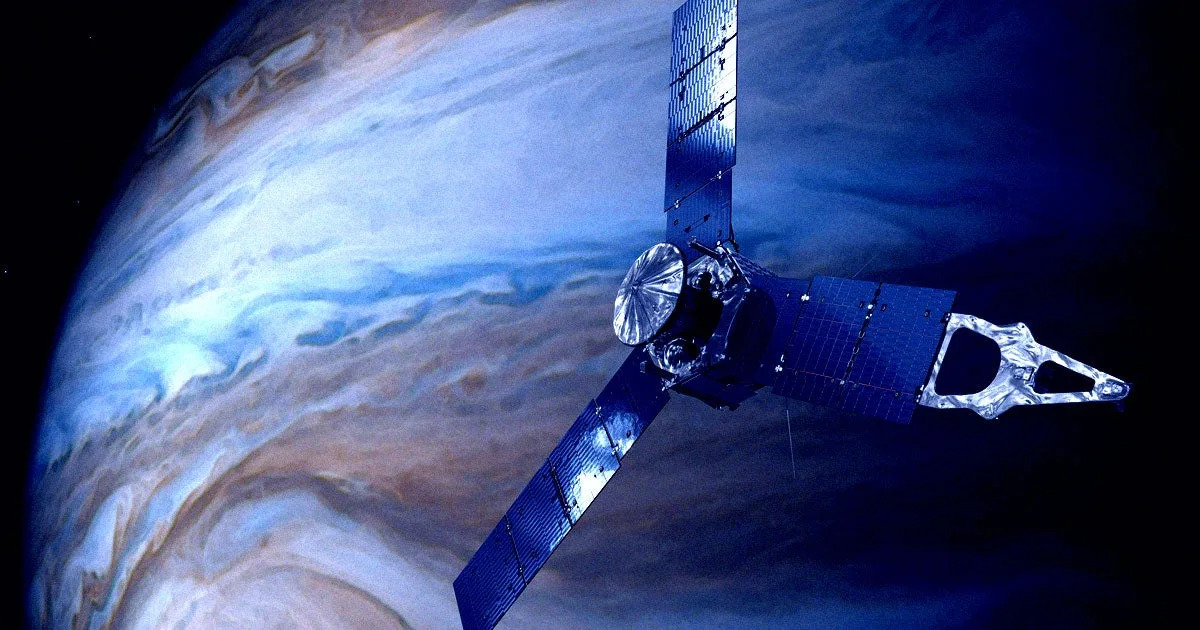Congress Urges NASA Study of Interstellar Object Encounter with Juno Spacecraft

Astronomers detected the mysterious interstellar object designated 3I/ATLAS earlier this year as it rapidly traversed the solar system. Following detailed observations from the Very Large Telescope in Chile and NASA’s Hubble Space Telescope, Harvard astronomer Avi Loeb suggested utilizing the agency’s Juno spacecraft to potentially intercept its trajectory for a closer examination. Loeb, who has posited that 3I/ATLAS could be an artificial probe deployed by an extraterrestrial civilization, argued in a published post that Jupiter’s proximity to the object offers a unique chance to redirect Juno from its current orbit around Jupiter.
This possibility garnered attention from Representative Anna Paulina Luna (R-FL), who sent a letter to acting NASA administrator Sean Duffy advocating for exploration of Loeb’s proposal. The letter requested a fuel assessment study for Juno and suggested extending the spacecraft’s mission through mid-March 2026, at an estimated cost of $15 million every six months beyond its current expiration in mid-September 2025.
However, independent experts have expressed considerable skepticism about Loeb’s plan, noting its resemblance to a plot element from Stanley Kubrick’s classic science fiction film “2001: A Space Odyssey.” Penn State astronomy professor Jason Wright emphasized that Juno lacks sufficient fuel and experiences engine malfunctions, citing previous communication between Loeb’s team and Juno principal investigator Scott Bolton.
Launched approximately 14 years ago, Juno entered a polar orbit around Jupiter roughly five years later, originally slated to conclude its mission in 2018. The spacecraft has since extended its operational lifespan substantially. While some remain open to the prospect of intercepting 3I/ATLAS, University of Kent space professor Mark Burchell noted that Juno’s ongoing anomalies are likely related to radiation exposure during recent encounters with Jupiter’s moon Io.
Successfully altering course and intercepting an interstellar object traveling at 37 miles per second would be exceptionally challenging even with advanced technology, requiring significant fuel reserves and time. A pre-publication paper from Michigan State University researchers indicates a new mission would have required acceleration of 15 miles per second upon discovery on July 1st to reach the object within the timeframe.
Alternatively, observations from spacecraft stationed at Mars may yield valuable data around late November when 3I/ATLAS reaches its perihelion, its closest approach to the Sun. The European Space Agency’s Jupiter Icy Moons Explorer (JUICE) is also being considered for observation. Despite the dwindling time and escalating difficulty, scientists maintain that this potential encounter warrants further investigation.









